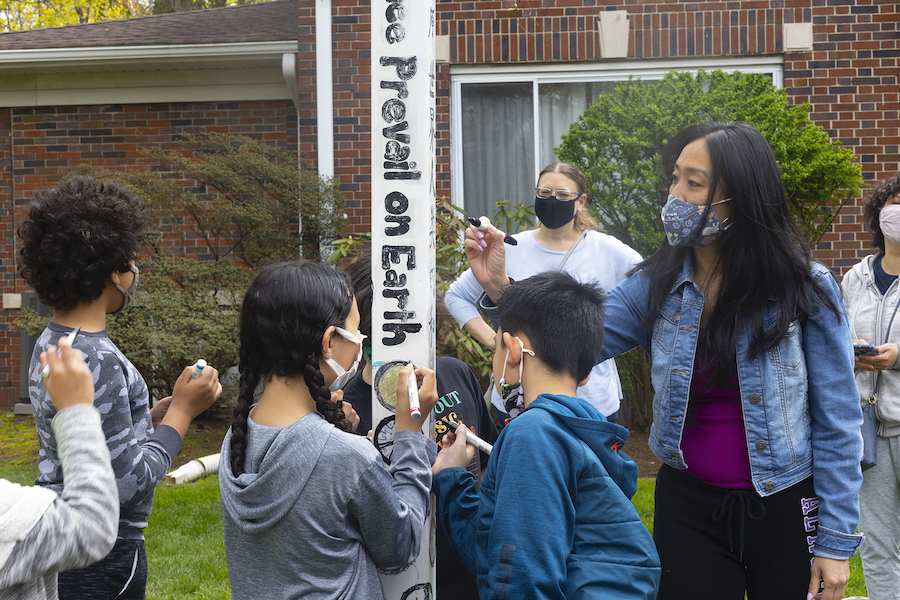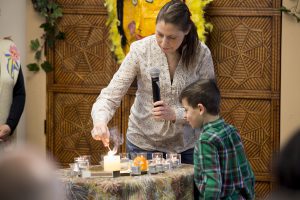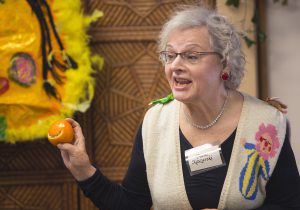Sacred places, which are physical locations, and sacred spaces, which are culturally defined, foster attachment and an increased commitment to preserve, protect, and celebrate. They can strengthen community and foster personal transformation and healing. But how are sacred places created? What gives a sacred space its power?

While many religions might have a quick response, that question is far more challenging for those of us who work in secular spaces. This is an important question for groups such as environmentalists, human-rights advocates, activists working toward community revitalization, and others who want to set aside something as inviolable or beyond the reach of mere “brute commercialization.”
The questions we’re exploring
Does a sacred place simply have a supposed connection to the divine, or are there cultural, artistic, architectural, ritualistic, or prescribed human activities that enhance attachment to a place? If these practices are better understood, could they be employed by civic groups and organizations working to preserve existing spaces or to enhance connection to reclaimed and restored spaces?
We would like to distill a set of best practices from the literature and, with assistance from a gathering of nonprofits, determine how they could be used in our work, and understand what training and skills would be needed to put these practices in place.
Bring your ideas and curiosity

Want to participate? Please come to the organizational meeting on Thursday, April 6, 11 am at the Society’s meetinghouse, 687 Larch Ave., in Teaneck. Lunch will be provided. If interested, contact Leader Curt Collier at [email protected] or sign up. The group will meet monthly during the workweek.
This work is funded by a $6,098 grant from the New Jersey Council of the Humanities.
Curt Collier
Update: This work has been completed; see our report.


